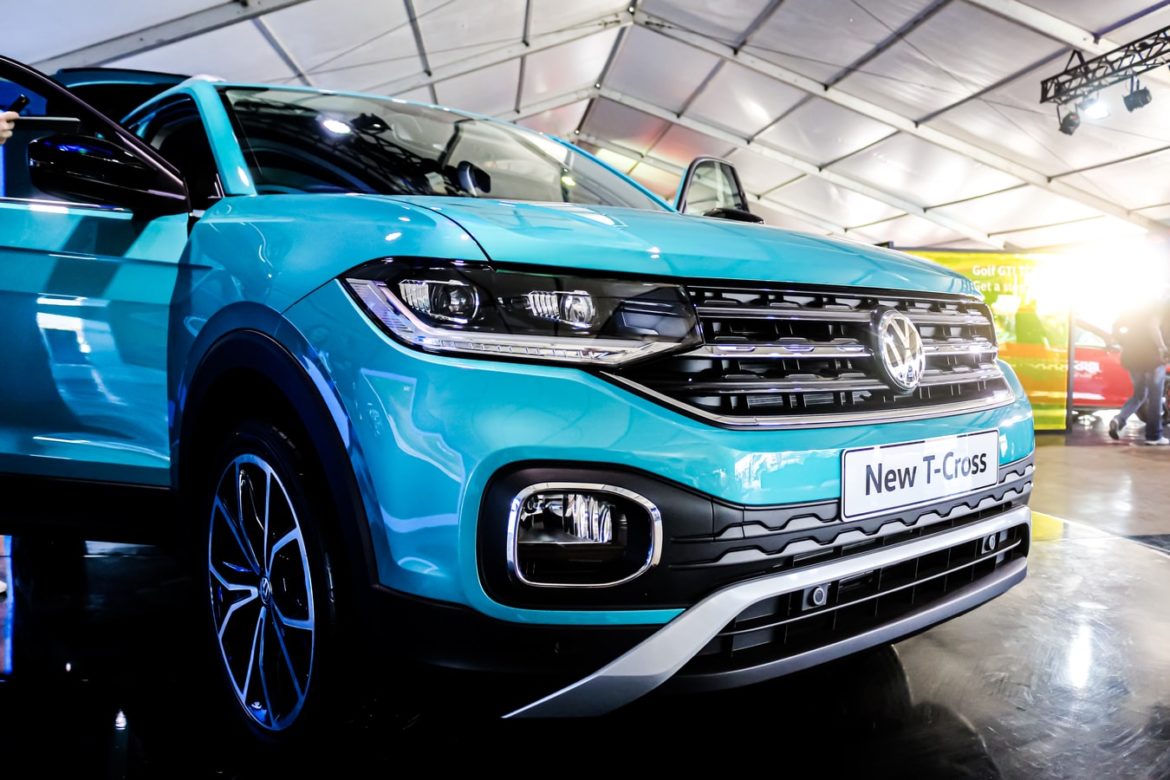The term ‘crossover’ started as a marketing tool.
It’s possible that they go back as early as the 1948 Willys-Overland Jeepster. Not only did it have the off-road abilities of an SUV, but it also came with car-like options for exceptional comfort.
Then, in 1955, a Russian GAZ-M20 Pobeda was modified into the first all-wheel-drive vehicle on a unibody. Soon after, a concept car created using the Jeep Wagoneer’s drivetrain was produced in Greece and marketed as a luxury limousine.
In 1976, the Russian VAZ-2121 Niva made its debut. It was an off-road vehicle that featured a unibody style and borrowed a few mechanical components from the VAZ-2101 sedan.
Then came the AMC Eagle, a passenger vehicle with characteristics that led to the evolution and development of the modern CUV. While a lot of manufacturers claim the title of creating the first crossover, history shows that it was the AMC Eagle that was the real game-changer. It was the first four-wheel-drive production passenger car, featuring a unibody design and an increased ride-height.
Alternatively, many believe the RAV 4 to be the first crossover, simply because it was manufactured on a car body. Either way, it was around this time that the term “crossover” was coined because manufacturers didn’t want to call their new creation a station wagon anymore.
Fast-forward to the early 21st-century, when automakers officially released crossovers. These early models closely resembled traditional wagons and SUVs.
US automakers at the time, however, were under the impression that the market didn’t want station wagons. A majority of them didn’t make the leap from SUVs to CUVs at first, because they didn’t think the CUV craze would last long. By 2006, however, the crossover segment had taken over the market and accounted for more than 50% of SUV sales. It was also observed that baby boomers were leaning more toward the style. Now convinced of the CUV’s success, domestic automakers finally jumped on the bandwagon and started producing their crossovers around 2010. In 2017, SUVs and crossovers were hailed by Motor Trend hailed as being the only thing that saved automakers for the year.
Even though they’ve been around for a while, most consumers can’t tell apart crossovers from SUVs, because a lot of the differences can’t be seen.
Unlike SUVs, however, crossovers have a unibody design, and with features like independent rear suspension, superior fuel economy, and optimal handling, they make for one smooth ride.
Compared to regular passenger vehicles, crossovers have taller interiors, higher ground clearance, and sometimes offer fold-down seats to create additional passenger or trunk space as needed. Some models even come with light off-roading abilities and all-wheel-drive systems.
It’s no wonder, then, that everyone seems to be driving one these days.
